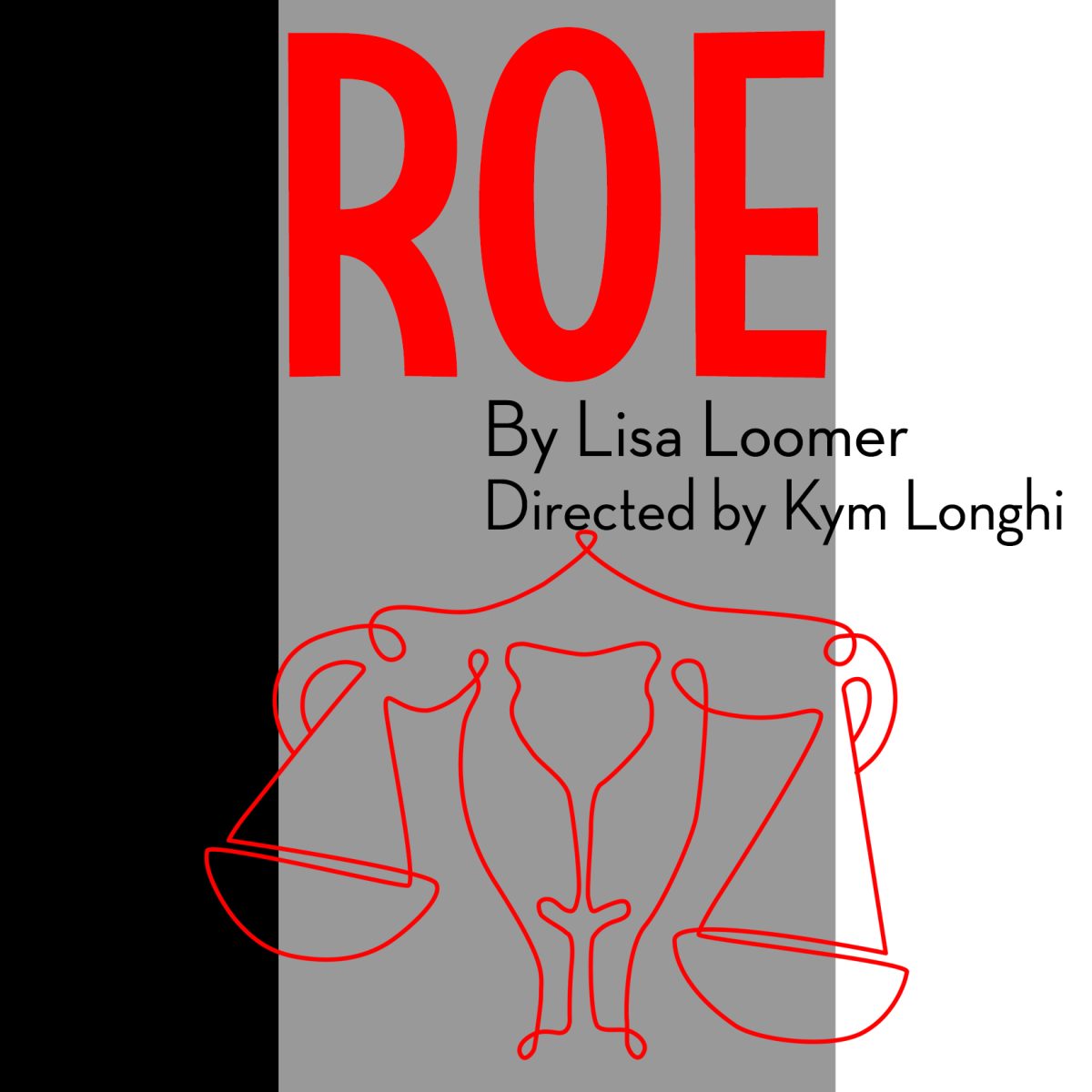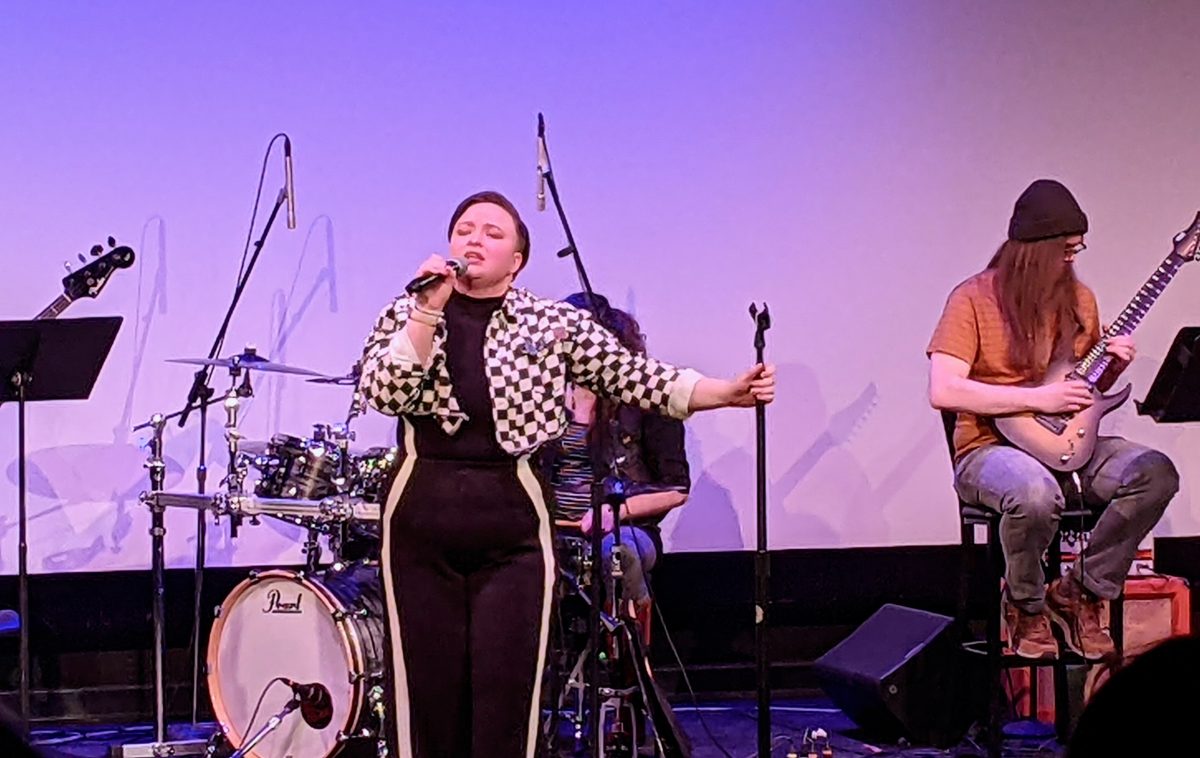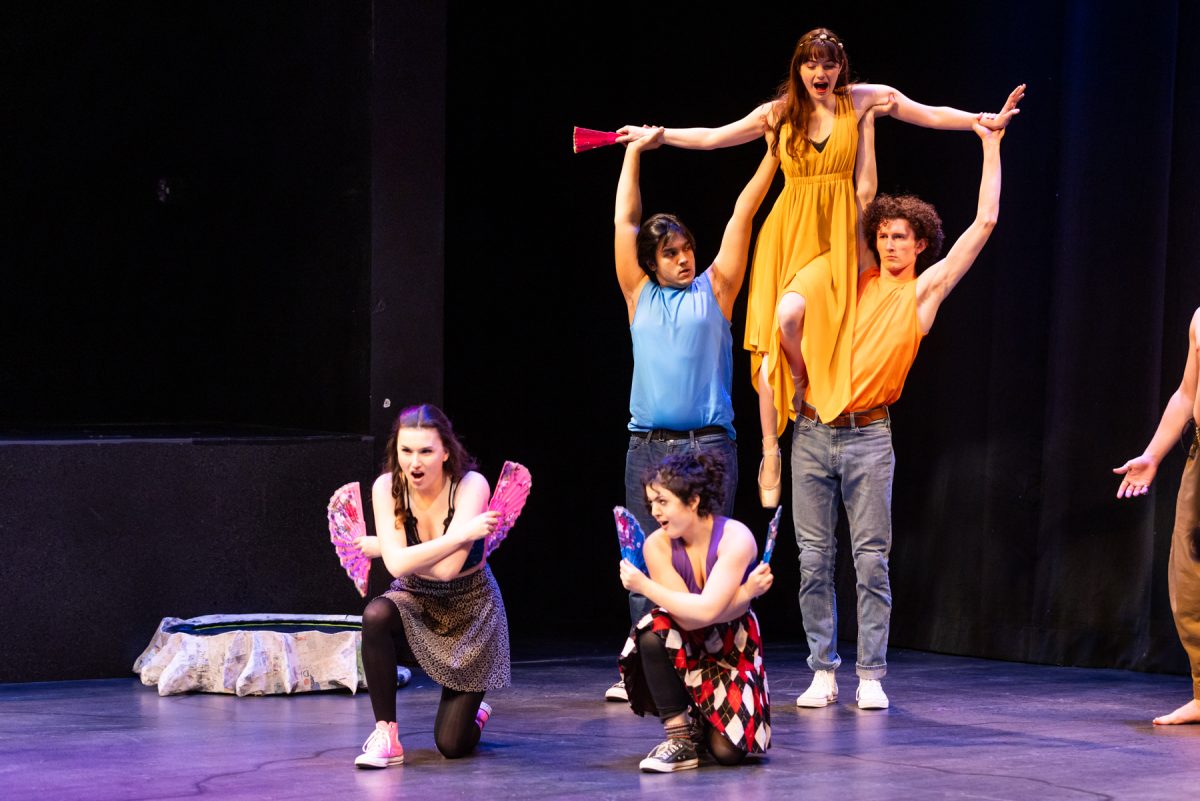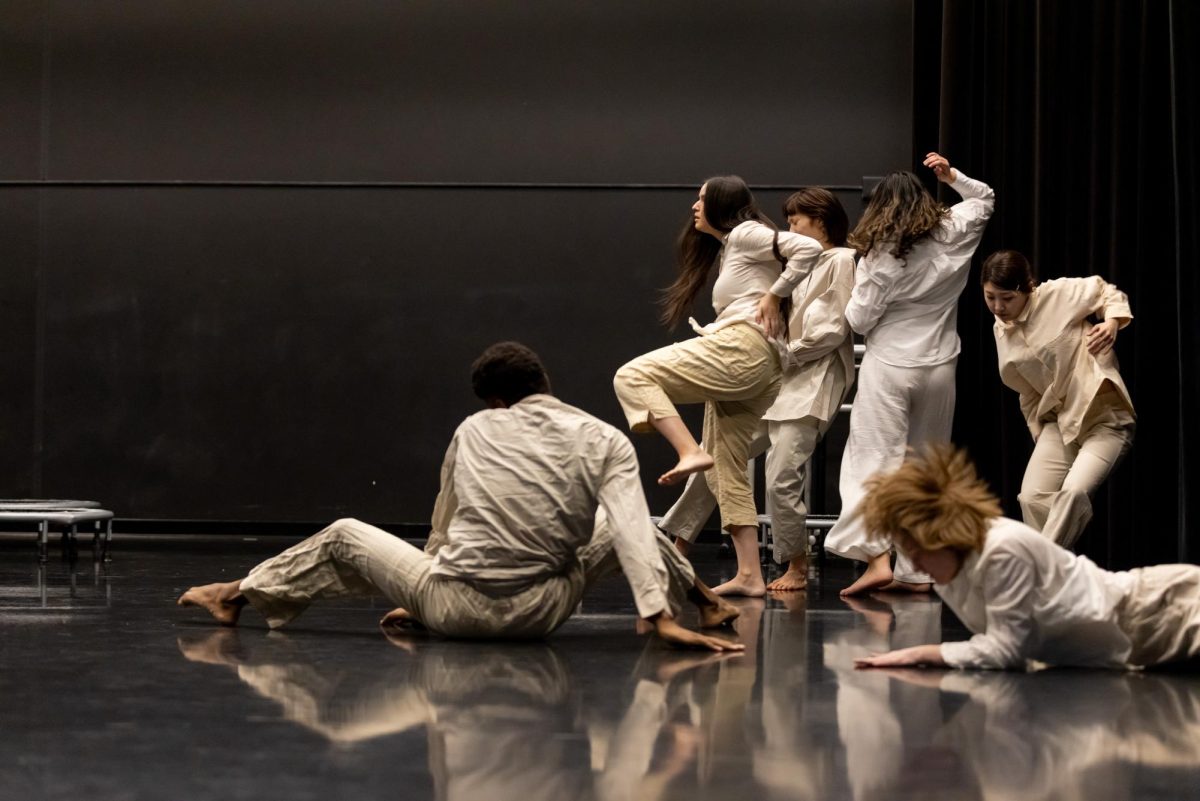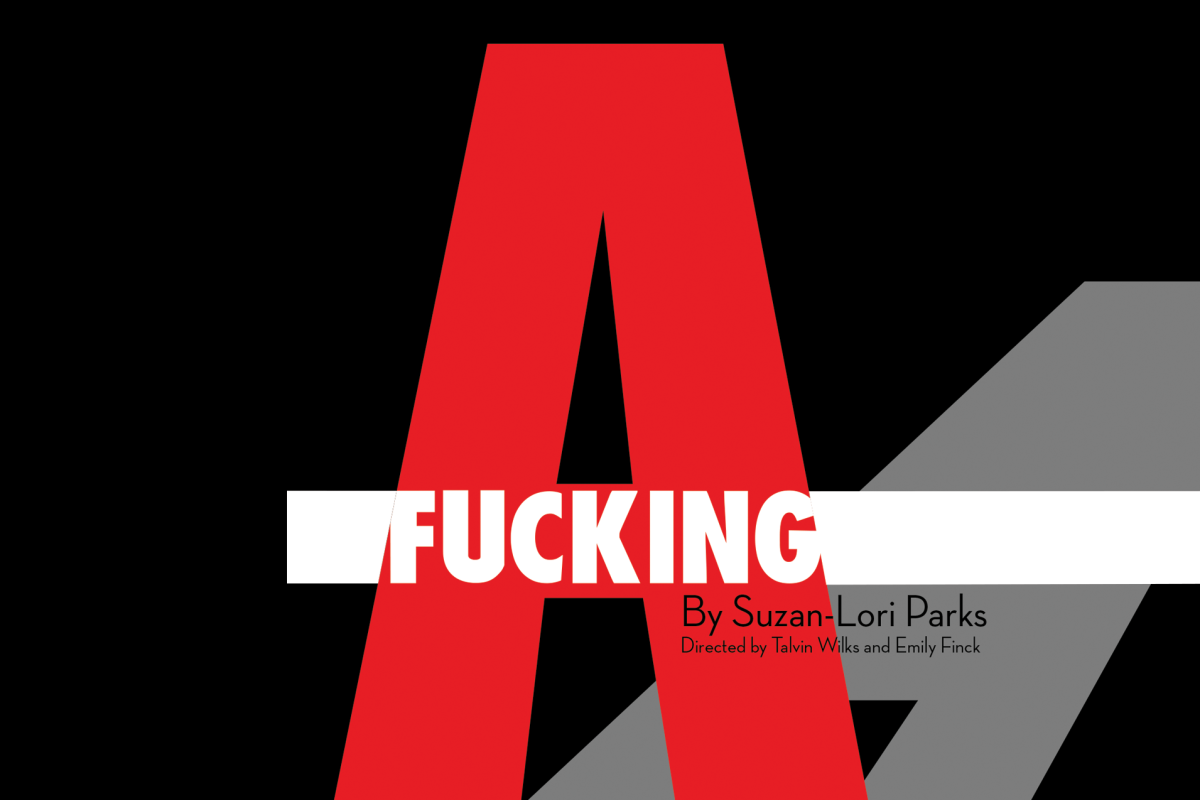Fort Snelling was never attacked. Stationed between St. Paul and Minneapolis on the muddy banks of the Mississippi, the fort was established as a U.S. army outpost in 1825 to defend what was then part of the Louisiana Purchase. Strangely enough, the Twin Cities vaunted theater community had its beginning at this battle-free fort.
Frank Whiting, a former University theater director (1944-1970), illustrates how Fort Snelling soldiers, never in combat, made the best of their boredom in his book “Minnesota Theatre.” Every two weeks the soldiers swapped their guns and uniforms for soliloquies and frilly dresses and put on theater classics such as “Othello.”
Many Twin Cities residents, like the soldiers of Fort Snelling, also live double lives as nonprofessional thespians. Morris Park Players and Theatre in the Round Players, Minneapolis’ oldest community theaters, make art accessible for these dramatic dabblers.
In the large Twin Cities theater scene, there are two variations on the concept of community theater. While some companies use their talent to give traditionally marginalized communities a voice, others provide ordinary people who lack Broadway aspirations a stepping stone to the stage. This article, the first in a two-part series, focuses on the latter type, where blue-collar workers become swashbuckling heroes by night.
From the Navy to the stage
“In 1943 after graduating from high school you had to register for the draft,” Art Dubè said.
“Well, I knew darn well I was going to be drafted into the army and I didn’t want that, so I went down and enlisted in the Navy instead.”
Dubè was in the U.S. Navy for 20 years before he got onstage with the Morris Park Players, a musical community theater group in Minneapolis. He did two wartime tours of duty, was married, had four children and worked in the Department of Veterans Affairs engineering department. Then his daughter’s seventh grade teacher, active in the Morris Park Players, sent her home with a recruitment flyer for the theater, and Dubè signed on.
“I didn’t have much thoughts about it,” Dubè said. Nonetheless, in 1961, he auditioned and was cast with no previous experience in his first musical, “The Music Man.” “I enjoyed it very much and have been a part of it ever since,” Dubè said, modest about his 43 years in the theater.
This spring Dubè will perform once more in “The Music Man,” coming full circle for the fifth time in his acting career. Over the years, his daughter, son, daughter-in-law and grandchildren have been part of Morris Park Players’ productions with him.
It’s a family affair
Chuck Stenger, a Morris Park Players board member, stressed this cross-generational participation as an important factor supporting the theater’s structure.
“We get second and third generations. Moms and dads who, back in the ’50s and ’60s, participated in MPP, get their kids involved and then their grandkids start to act in shows, and they will carry it on,” Stenger said. “I met my wife, for instance, through the Morris Park Players.”
Indeed, the players have a history of flirtation and courtship.
Sally Parks, a longtime Morris Park Players promoter and member, explained that a male choral group, the Morris Park Father Singers, was established in 1952 for men tired of bowling. The Father Singers, expanding their musical range, needed to balance out their bravura, black suits and red bow ties with feminine attributes.
The Father Singers did not need to look far. They temporarily joined forces with the Morris Park Mother Singers, a female choral group. Slowly, the grass-roots organization began diversifying their repertoire. Abbreviated versions of Broadway productions led to full-scale musicals until they became the volunteer musical theater group they are today.
Challenges to the community
Despite the long history of productions and the long hours put in, the negative connotation of words such as “volunteer” and “amateur” tend to diminish the accomplishments that community theater groups like Morris Park Players share with professionals.
Sandy Hey, founder of the musical company Hey City Theater, was a freelance director for Morris Park Players and other community theaters in the early 1980s.
“There are people doing community theater that are brilliant performers, singers and dancers,” Hey said. “It just doesn’t fit into their life except as a hobby. They’re simply volunteering their time and sometimes the commitment level is interrupted by real life.”
Hey said the real world tended to intrude on the professional ideals she measured community theaters against. Hey continually wanted to push the volunteer companies harder to create highly polished work. As she moved up in the professional theater community, she understood the limits of that ideal.
“When people aren’t being paid they have to go to their other jobs or cover for sick babysitters,” Hey said. “Some people can’t make rehearsals because their mother-in-laws are coming into town. That’s all understandable, but when actors are paid the dedication is different.”
But Hey also noted that community theaters feed participants into a recursive cycle of creativity.
“It’s a crossover effect. If you enjoy performing in the theater and going to theater, I think the more you do the more you want to do,” Hey said.
Hugh Parks exemplifies a performer whose appetite for acting has grown with time. Sally Parks, Hugh’s wife, goaded him into joining the players in 1975 before they married.
“Through family friends, she knew I was available, so she kept twisting my arm to come and get me to audition,” said Parks.
Parks’ experience with theater in high school allowed him a comfort onstage that others might not have possessed. At one point, he moved between productions at Theatre in the Round, Morris Park Players and Park Square Theatre on a regular basis in the 1980s. Hugh said the featured roles and the overall process became very fulfilling.
“We’re amateurs but we like to act professionally. Because (community theater) is a great social gathering, like a family, you do it as much for the camaraderie and the socialization as the performance,” Parks said.
But every family has its problems.
A limited pool of free talent
Steve Antenucci, executive director of Theatre in the Round, mentioned the problems that trouble the theater.
“An ongoing problem is always finding good people. Designers are the really tough ones,” Antenucci said. “Try to imagine someone who sews the costumes for nothing. Try to think of somebody who comes in to paint sets for nothing; people to hang lights and run the sound booth for nothing.”
Unlike Morris Park Players, Theatre in the Round stages an assortment of plays from classics to lesser-known pieces. The theater must always juggle the considerations of its prospective audience and its budget. Producing an ambitious nine or 10 productions a year, the theater competes at the same level as professional companies in quality and quantity. While actors and design staff aren’t paid, the director and musical directors are awarded an honorarium, a payment that Antenucci says amounts to approximately a dollar an hour.
“We will lose directors to high schools because high schools pay so much more. It takes so many people to put on a show that nobody even knows about. Finding them for no payment – that’s an ongoing problem,” Antenucci said.
Theatre in the Round Players uses its reputation and word of mouth to tackle these problems. One of Minnesota’s best-known community theaters, the theater functions as a hub for professionals and amateurs.
“We are sort of a bridge between the amateur levels and the professional world in that many of the people who work here are professionals somewhere else. In other words, our costume designers are professional costume designers; they’re paid to be costume designers elsewhere, they are just not paid here. We do draw from that same pool of professional people.”
Roxanne Skarphole, a sales coordinator at WCCO television, has a degree in stage management and design. When she moved to the Twin Cities four years ago, Skarphole was looking to do some design work for shows. She worked at other community theaters and, after coming onboard with Theatre in the Round, saw a vast difference.
“TRP is called a community theater, but it really is a professional theater. You’re working with professional actors, technicians and directors. It doesn’t matter if they pay me or not, I do it just for the love of the theater,” Skarphole said.
While soldiers and salespeople might not be the best actors or lighting designers, they still can try to be at places like Morris Park Players and Theatre in the Round Players. The Twin Cities theater community would be a very different place without these kinds of opportunities and reciprocal support.
“If (TRP) started up tomorrow, I don’t know how long we’d last, because it’s tougher and tougher all the time to find people to volunteer,” Antenucci said.











